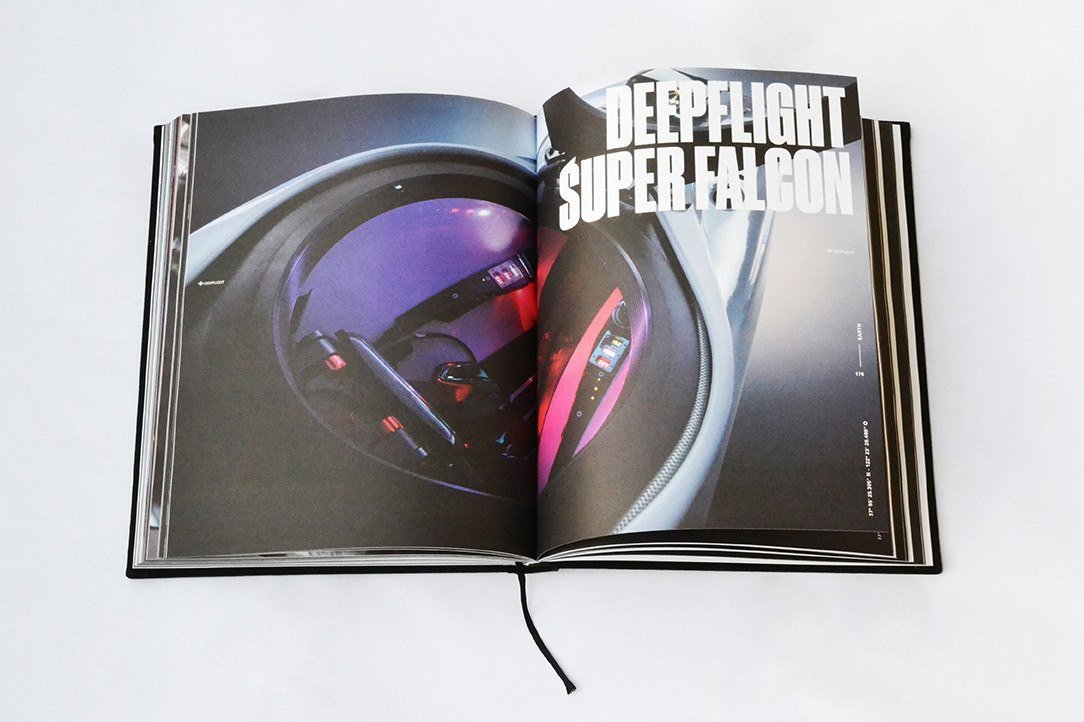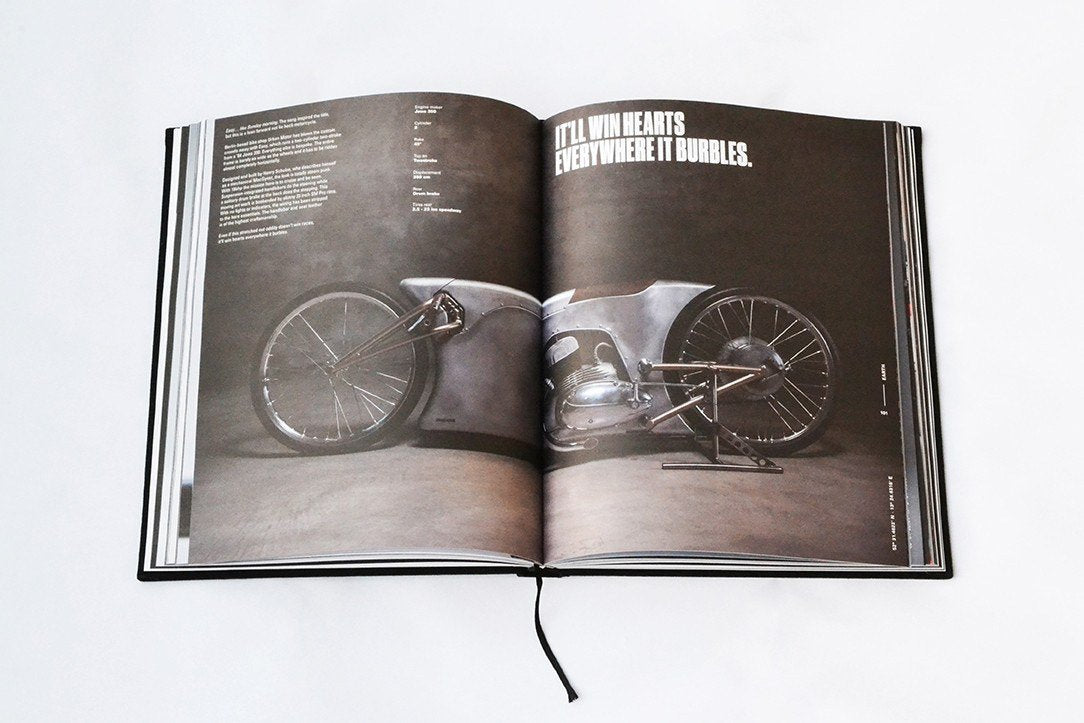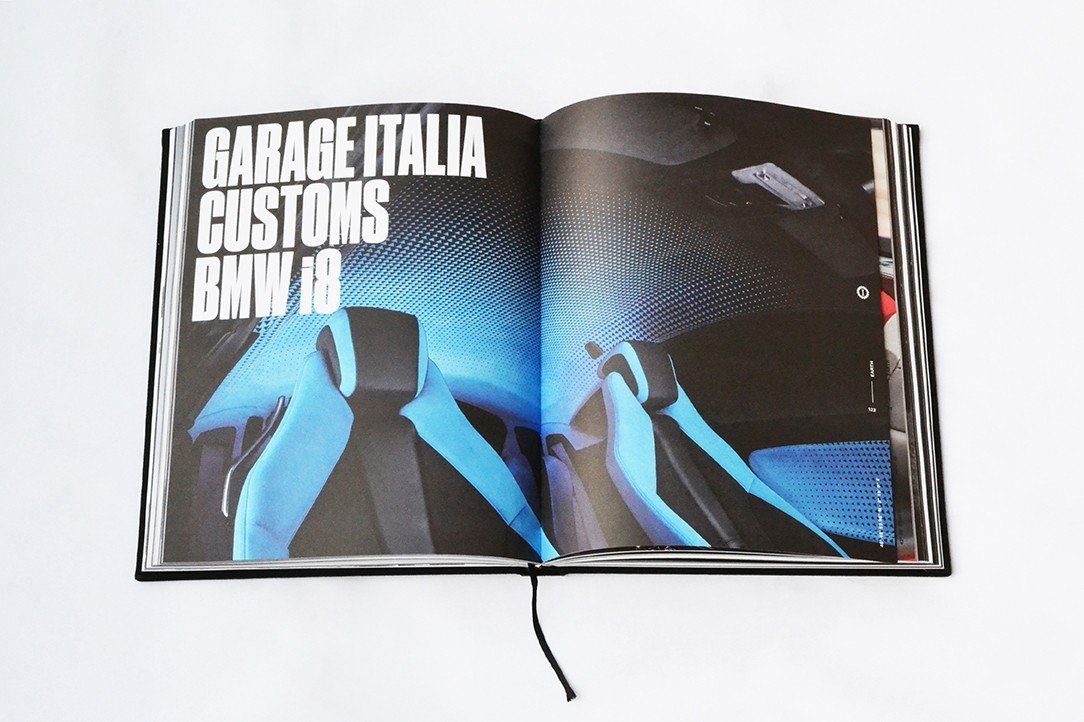The European Space Agency (ESA) has joined forces with UK-based Frazer-Nash to launch INVICTUS, a cutting-edge research programme aimed at revolutionising hypersonic technologies. Designed to reach speeds exceeding Mach 5, INVICTUS promises to advance Europe’s capabilities in reusable aerospace vehicles while demonstrating key innovations for sustained hypersonic flight. Funded by ESA’s General Support Technology Programme (GSTP) and Technology Development Element (TDE), this experimental vehicle is fully reusable and equipped with interchangeable systems, allowing for upgrades in materials, software, and propulsion technologies between test campaigns. INVICTUS represents a collaborative leap forward for Europe, pushing the boundaries on horizontal launch mechanisms and high-speed atmospheric flight.
One of the programme’s standout features is the hydrogen-fueled precooled air-breathing propulsion system, based on technology initially developed under the SABRE study by UK-based Reaction Engines Ltd. This advanced system can supercool hot airflow in fractions of a second, enabling efficient operation at hypersonic speeds. It also lays the foundation for future spaceplanes that could horizontally take off from a runway and transition into orbit. This combination of lightweight architecture and high-speed capability not only redefines access to space but also positions Europe as a leader in dual-use aerospace technologies, blending commercial innovation with strategic autonomy.
With preliminary designs under development over the next year, contributions from key collaborators like Spirit AeroSystems and Cranfield University enhance the technological depth of this ambitious initiative. ESA’s vision for INVICTUS extends far beyond hypersonic exploration, framing it as a gateway to new frontiers in mobility, global defense, and space access. As ESA’s Head of the Mechanical Department, Tommaso Ghidini, highlights, reusable, air-breathing propulsion represents the dawn of a transformative era where aircraft behave like planes at takeoff and like rockets in orbit. This technological marvel not only promises to redefine aerospace engineering but may also catalyze economic growth and sustainability in Europe’s space sector.
📷: ESA















